Serendip is an independent site partnering with faculty at multiple colleges and universities around the world. Happy exploring!
Next Generation Science Standards - Activity LIsting
Many of our activities for helping middle school and high school students learn life sciences are aligned with the Next Generation Science Standards (NGSS; http://www.nextgenscience.org/next-generation-science-standards). The following listing provides brief descriptions of our NGSS-related resources. The tables described in the first item below summarize the alignment of our activities with NGSS Disciplinary Core Ideas and Performance Expectations. These tables also summarize how each of these activities engages students in Scientific Practices and provides the opportunity to discuss Crosscutting Concepts. The Teacher Notes for each activity provide additional information concerning alignment with the Next Generation Science Standards.


 This activity uses the example of a flock of pelicans in flight to illustrate how analysis at multiple levels of organization enhances our understanding of a biological phenomenon.
This activity uses the example of a flock of pelicans in flight to illustrate how analysis at multiple levels of organization enhances our understanding of a biological phenomenon.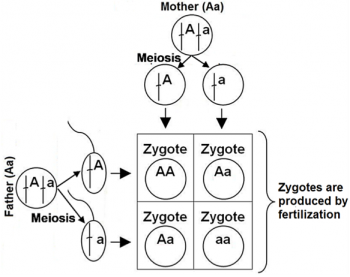 In this hands-on, minds-on activity, students use model chromosomes and answer analysis and discussion questions to learn about the processes of meiosis and fertilization.
In this hands-on, minds-on activity, students use model chromosomes and answer analysis and discussion questions to learn about the processes of meiosis and fertilization.
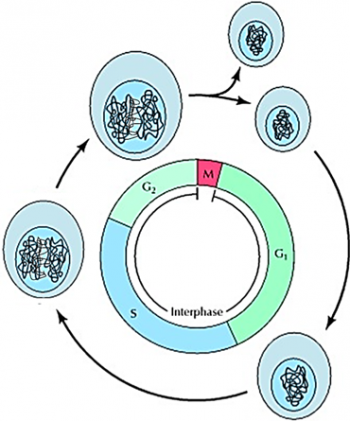 In this hands-on, minds-on activity, students use model chromosomes and answer analysis and discussion questions to learn how the cell cycle produces genetically identical daughter cells.
In this hands-on, minds-on activity, students use model chromosomes and answer analysis and discussion questions to learn how the cell cycle produces genetically identical daughter cells. This activity is aligned with the Next Generation Science Standards. The attached files have the overview of key concepts, with descriptions of relevant learning activities and links to the activities.
This activity is aligned with the Next Generation Science Standards. The attached files have the overview of key concepts, with descriptions of relevant learning activities and links to the activities. 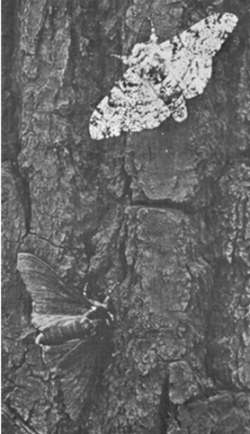 In this minds-on analysis and discussion activity, students interpret evidence concerning natural selection in the peppered moth.
In this minds-on analysis and discussion activity, students interpret evidence concerning natural selection in the peppered moth.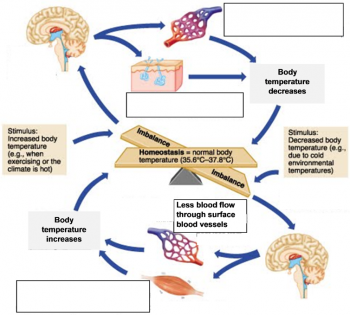
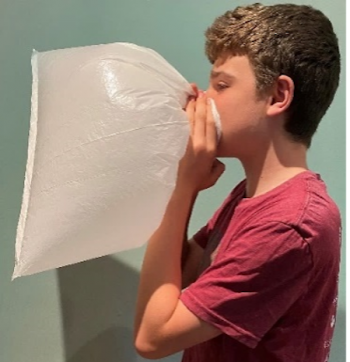
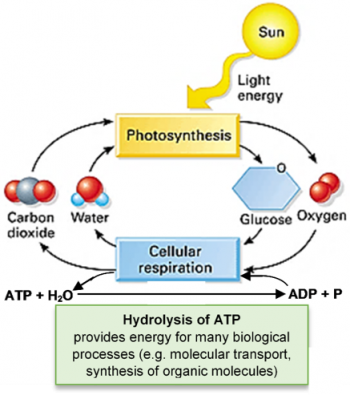
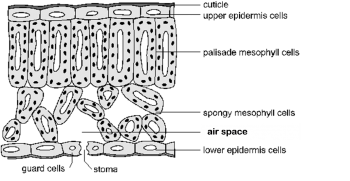 In the first part of this activity, students learn how to use the floating leaf disk method to measure the rate of net photosynthesis (i.e. the rate of photosynthesis minus the rate of cellular respiration). They use this method to show that net photosynthesis occurs in leaf disks in a solution of sodium bicarbonate, but not in water. Questions guide students in reviewing the relevant biology and analyzing and interpreting their results. In the second part of this activity, student groups develop hypotheses about factors that influence the rate of net photosynthesis, and then each student group designs and carries out an investigation to test the effects of one of these factors. (NGSS)
In the first part of this activity, students learn how to use the floating leaf disk method to measure the rate of net photosynthesis (i.e. the rate of photosynthesis minus the rate of cellular respiration). They use this method to show that net photosynthesis occurs in leaf disks in a solution of sodium bicarbonate, but not in water. Questions guide students in reviewing the relevant biology and analyzing and interpreting their results. In the second part of this activity, student groups develop hypotheses about factors that influence the rate of net photosynthesis, and then each student group designs and carries out an investigation to test the effects of one of these factors. (NGSS)
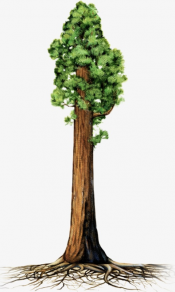
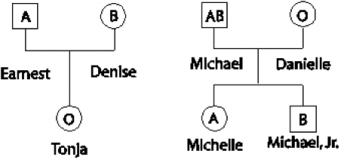
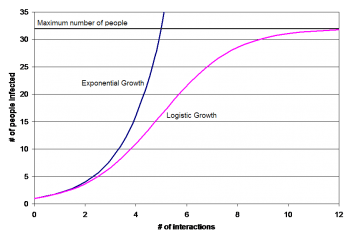 First, students analyze a hypothetical example of exponential growth in the number of infected individuals.
First, students analyze a hypothetical example of exponential growth in the number of infected individuals.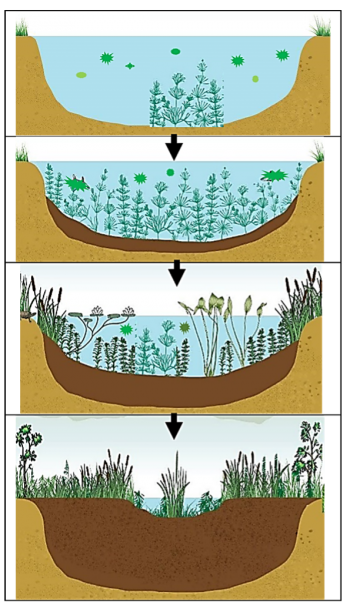
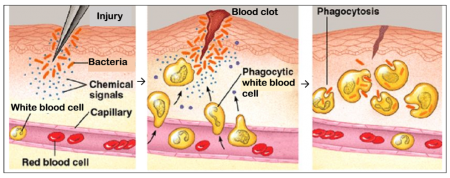 In this activity, students analyze multiple examples of the relationship between structure and function in diverse human cells and in the digestive system.
In this activity, students analyze multiple examples of the relationship between structure and function in diverse human cells and in the digestive system.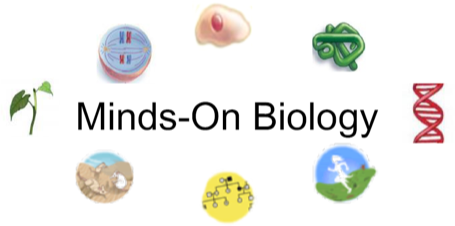
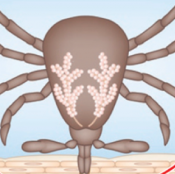 This analysis and discussion activity engages students in understanding the lifecycle and adaptations of black-legged ticks and the relationships between these ticks, their vertebrate hosts, and the bacteria that cause Lyme disease.
This analysis and discussion activity engages students in understanding the lifecycle and adaptations of black-legged ticks and the relationships between these ticks, their vertebrate hosts, and the bacteria that cause Lyme disease.







